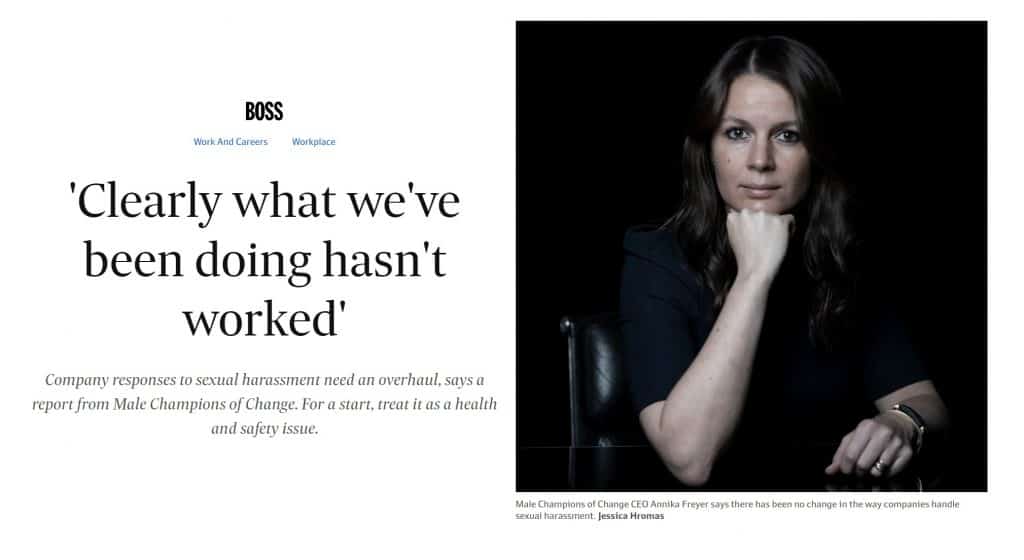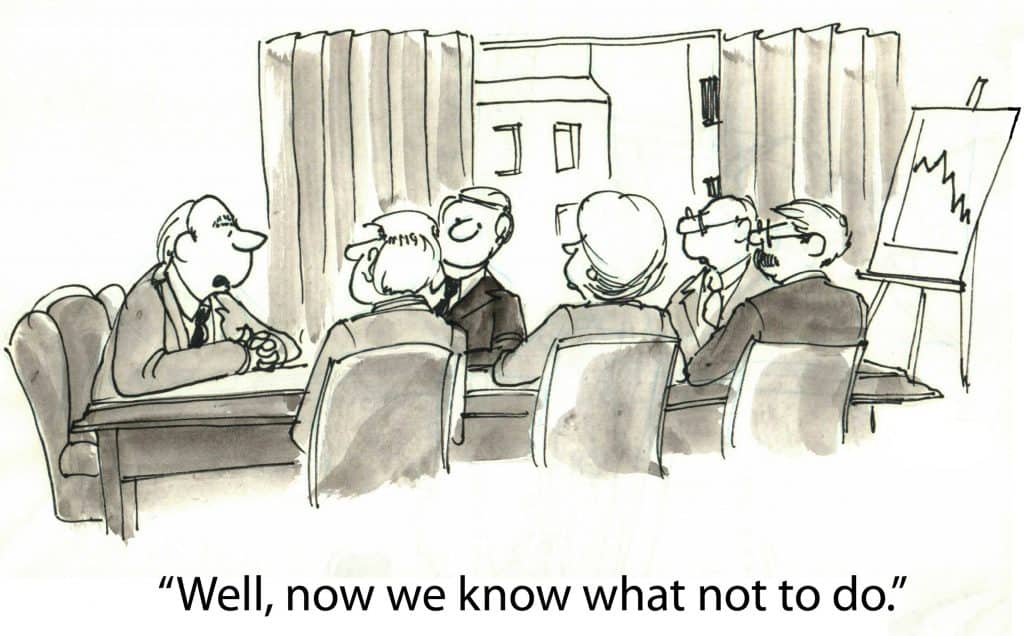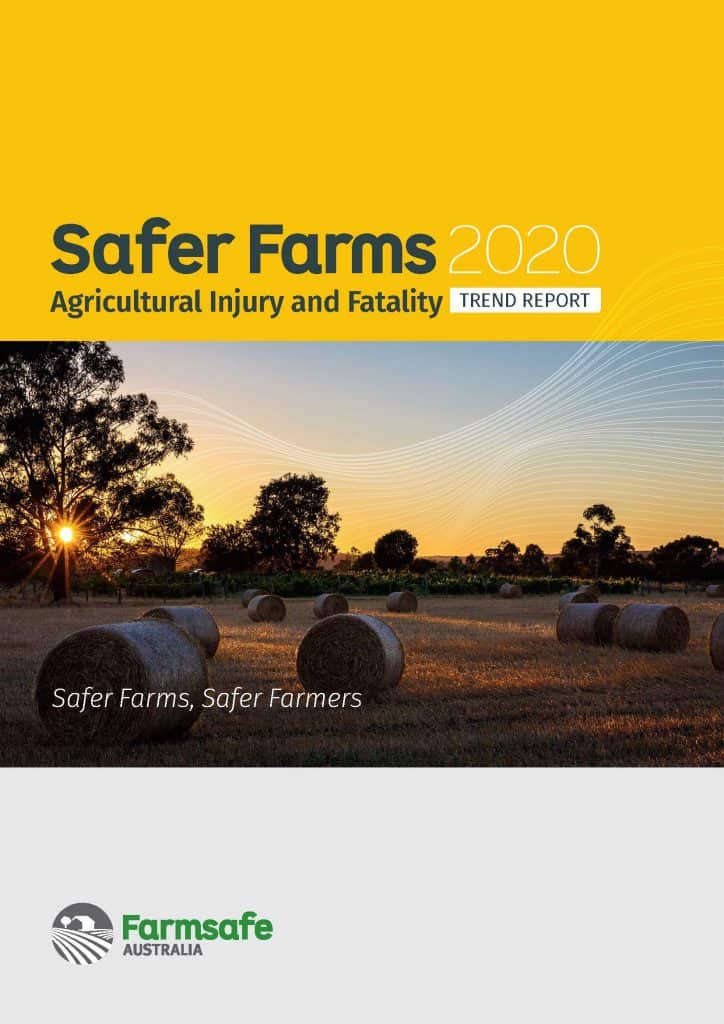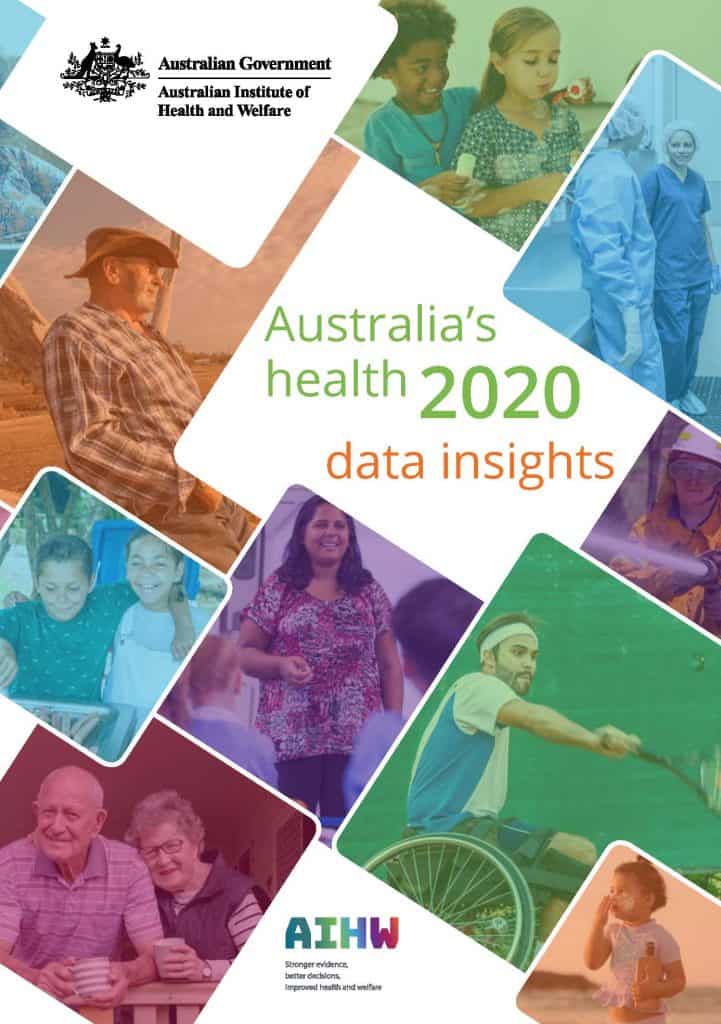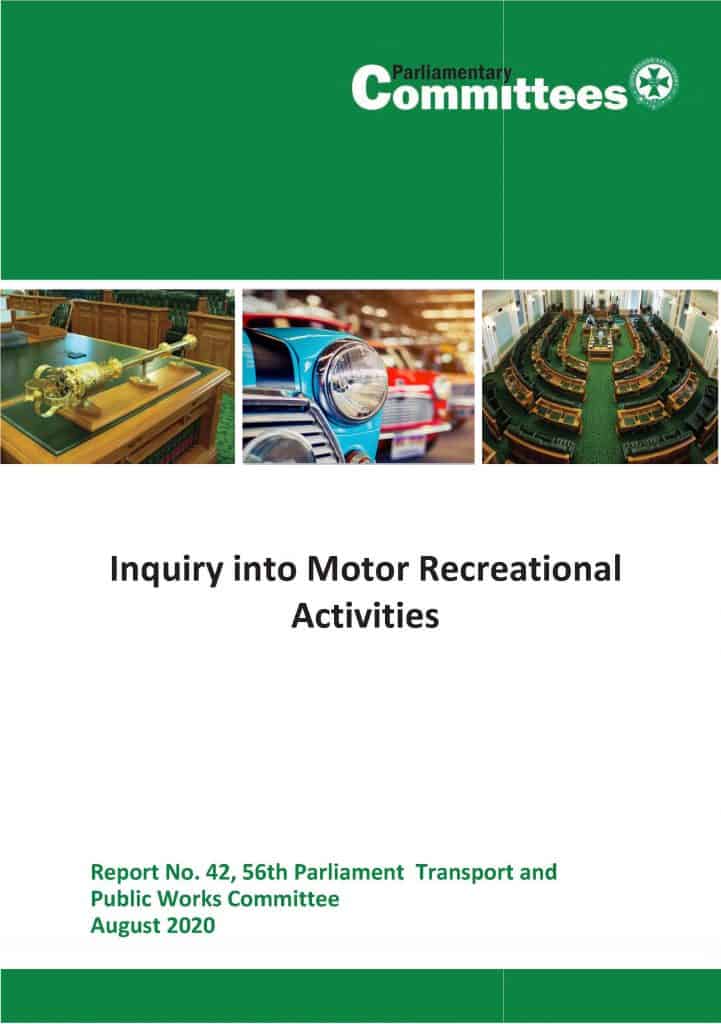
Most of the frustration of the manufacturers of quad bikes is aimed at the Australian Competition and Consumer Commission (ACCC) for imposing new safety requirements. However, another independent assessment of the evidence and the Australian controversy recently released its findings.

